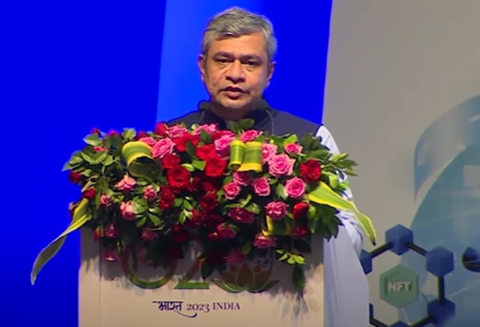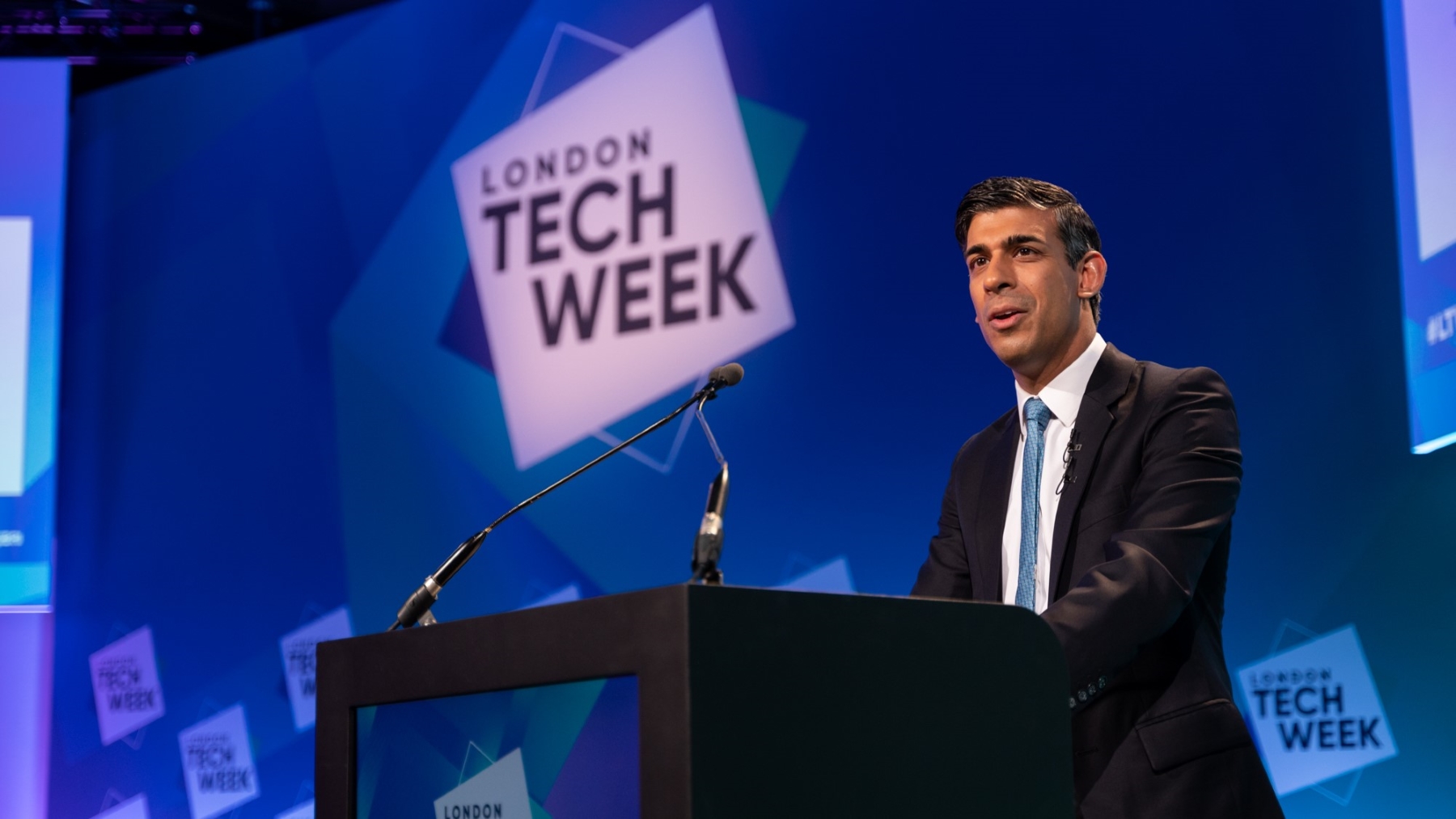As technology is reshaping the world we live in, multi-site businesses are also going through transitions and makeovers to help themselves become more profitable, sustainable and future-relevant. Not only are businesses trying to redefine their customer experience offerings, provide effective cost management and meet sustainability goals, they are also competing with e-commerce business models. With EcoEnergy Insights solutions implemented in multi-site businesses in over 600 cities in India, we observe megatrends in the industry. The months ahead are trending toward industry interconnection and inter-dependability that are well-positioned to continue to reform and innovate multi-site businesses for the future.
2 mins read
Five Trends Shaping the Future of Multi-Site Businesses

1.Smart Buildings Focused on Sustainability and Profitability
Today as the world tackles the rapidly changing environment of the planet, businesses are being measured on their sustainability parameters and how they are contributing to an environmentally-responsible future. Businesses, especially those operating physical sites with high power consumption in their facilities, are obligated to fulfil sustainability goals that support profitability and keep them relevant.
2.Proliferation of Automated Environments
With the rapid proliferation of Internet of Things (IoT)-connected devices, robotics, Artificial Intelligence (AI) and its subset machine learning (ML) into operation technologies, more and more businesses are adopting automated technologies and converting entire infrastructures into automated ones. An automated environment contains control systems to manage diverse mechanical, electrical and electronic equipment. It includes bringing and managing different distributed control systems working in silos into a single smart platform. An ideal automated environment may include managing and monitoring various parameters including equipment health, HVAC & refrigeration systems, and related analysis and reporting, through a single software dashboard.
3. AI: A Game-changer in the Building Management Ecosystem
It is a known fact that AI is everywhere today, and certainly in multi-site chains like retail, QSR, restaurants and bank branches where the energy consumption is not concentrated in a single large premises but spread over a vast geography. Through the help of AI-based sensors, pieces of equipment are connected through intelligent and open protocol edge level controllers which act like mini-building management systems in the store network. Facility managers can have more visibility into the store operation, enterprise-level compliance, remotely program and manage their crucial assets with minimal manual interventions. AI helps identify asset availability, capacity issues and performance degradation, providing predictive analytic insights to prevent breakdowns and create a shift in the maintenance practices towards a proactive approach from a traditional reactive mode. This helps facility managers make more data-driven decisions.
4.Digitally Transforming Building Operations
Data extraction and data analysis will continue to be the base of smart building management and the key to predictive maintenance. AI and ML provide predictive insights to businesses by using large volumes of data to anticipate and address potential issues before they lead to breakdowns in operations, processes, services or systems. Powerful AI / ML platform such as CORTIXTM provides prescriptive recommendations to optimize equipment performance. It offers a single pane of glass to diagnose equipment issues and determine corrective action enabling businesses to anticipate when and where potential breakdowns in service can occur. This helps them respond proactively to prevent potential interruptions in services.
5.The Rise of Smart Buildings and Smart Cities
The future of the urban landscape revolves around IoT, and the progress in cloud technology and 5G spectrum is making inroads for faster and more efficient urban infrastructures, something we commonly refer to as smart cities. Buildings, especially commercial sites will be the pioneers of smart cities, as they will be responsible and required to adhere to be efficient in energy management while providing a futuristic consumer experience. The smart building market is anticipated to experience a CAGR of over 23% from 2020 to 2025 1. The latest developments in smart building technologies are profoundly enhancing multi-site business operations. From automating guest management, smart lighting and connected assets, AI-enabled predictive maintenance supports sustainability efforts by balancing electricity supply and demand needs in real time. All this while optimising energy use and storage to reduce rates are surely the new norm for any multi-site business.
Conclusion
We are witnessing the thrust of digitalisation in each and every aspect of our lives today. Digital solutions such as IoT, AI and inter-related technologies will remain the backbone of multi-site business operations, providing excellent customer experience and at the same time adhering to sustainability goals, while boosting growth and profitability.







